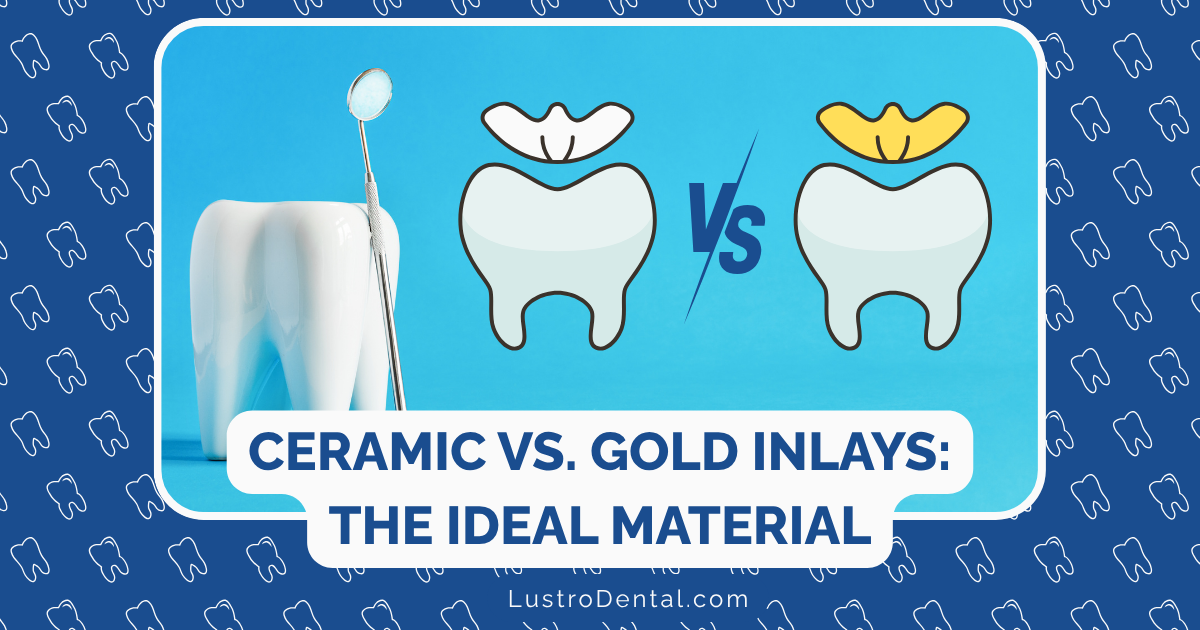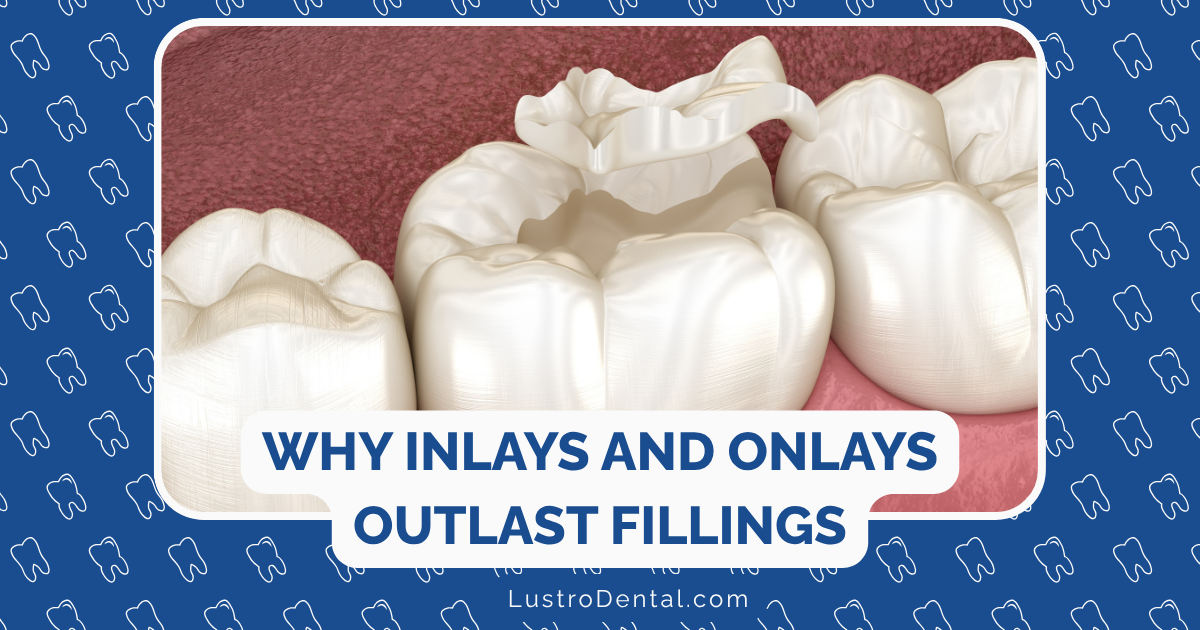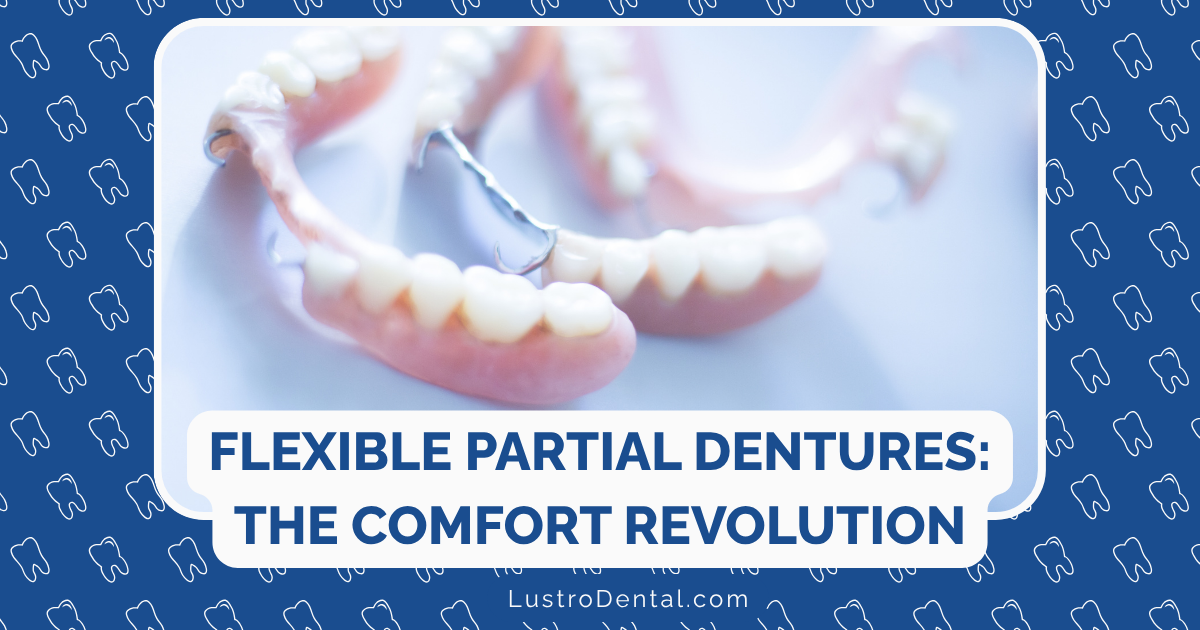Digital Dentures: How 3D Printing Is Creating Better-Fitting Prosthetics

For decades, the process of creating dentures remained largely unchanged—a labor-intensive series of impressions, wax try-ins, and manual adjustments that often resulted in prosthetics that were, at best, a reasonable approximation of what patients needed. But the digital revolution has finally transformed denture fabrication, with 3D printing technology leading the charge toward more precise, comfortable, and personalized dental prosthetics.
As someone who’s witnessed this transformation firsthand, I can tell you that digital dentures represent one of the most significant advances in prosthetic dentistry of the past century. Let’s explore how this technology is creating better-fitting dentures and changing patients’ lives in the process.
The Traditional Denture Process: A Multi-Week Journey
To understand the magnitude of the digital denture revolution, we need to first look at the traditional process most patients have endured for generations:
- Initial impressions: Messy alginate or polyvinyl siloxane materials capture a rough model of the patient’s mouth
- Custom trays and final impressions: More detailed impressions using custom-made trays
- Bite registration: Recording how the upper and lower jaws relate to each other
- Wax try-in: Testing a wax version of the denture for fit, appearance, and function
- Laboratory fabrication: Manual creation of the denture using heat-cured acrylic
- Final delivery and adjustments: Multiple appointments to refine the fit
This process typically required 4-6 appointments spread over 4-6 weeks, with numerous opportunities for human error and material distortion along the way. According to the American College of Prosthodontists, patient satisfaction with traditional dentures hovers around 60%, with fit and comfort being primary concerns.
The Digital Denture Revolution: Precision Through Technology
Digital denture fabrication leverages advanced technologies to create prosthetics with unprecedented accuracy and efficiency:
1. Digital Impressions: The Foundation of Precision
Instead of messy impression materials, digital dentures begin with intraoral scanning—a process that captures thousands of precise measurements of the oral tissues.
Dr. Sarah Johnson, a prosthodontist at Digital Denture Institute, explains: “Intraoral scanners can capture details down to 50 microns—about half the width of a human hair. This level of precision simply wasn’t possible with traditional impression materials, which can distort during setting, removal, or transportation.”
These digital impressions are converted into highly accurate 3D models that serve as the foundation for the entire denture design process.
2. Computer-Aided Design (CAD): Designing the Perfect Fit
Once the digital impressions are captured, specialized dental CAD software allows for precise design of every aspect of the denture:
- Exact positioning of each tooth for optimal function and aesthetics
- Precise adaptation of the denture base to the gum tissues
- Customized thickness of the denture for comfort and strength
- Virtual articulation to ensure proper bite relationship
“The CAD process gives us unprecedented control,” notes Dr. Michael Chen of Advanced Prosthetic Solutions. “We can make micro-adjustments that would be impossible with traditional waxing techniques, and we can preview the final result before fabrication begins.”
3. Computer-Aided Manufacturing (CAM): From Digital to Physical
Once designed, the digital denture file is sent to manufacturing equipment that creates the physical prosthetic. There are two primary approaches:
Milling Technology
Computer-controlled milling machines carve dentures from solid blocks of pre-polymerized resin. This subtractive manufacturing approach:
- Creates dense, strong dentures with excellent fit
- Produces minimal porosity for better hygiene
- Results in highly accurate prosthetics
3D Printing Technology
The most exciting advances are happening in additive manufacturing, where specialized 3D printers build dentures layer by layer:
- Material jetting: The latest technology from companies like 3D Systems allows for multi-material, multi-color printing in a single process
- Digital Light Processing (DLP): Uses projected light to cure liquid resin in precise patterns
- Stereolithography (SLA): Employs lasers to cure specific points in a resin bath
According to research published in the Journal of Prosthodontics, 3D-printed dentures can achieve fit accuracy within 100 microns—approximately the thickness of a human hair—compared to 300+ microns with traditional methods.
The 2025 State of Digital Denture Technology
The field is advancing rapidly, with several breakthrough technologies emerging in 2025:
Multi-Material Monolithic Printing
The NextDent 300 MultiJet printer, introduced by 3D Systems in early 2025, represents a quantum leap in denture fabrication. This technology:
- Prints both denture base and teeth simultaneously in a single process
- Creates fully cured dentures that require no additional post-processing
- Produces a full build of 15 arches in just nine hours
- Offers a wide range of tooth shades and gingival colors for lifelike results
“The ability to print a complete denture as a single unit eliminates one of the biggest problems in traditional denture fabrication—the potential for teeth to debond from the base,” explains Lisa Rodriguez, CDT, a dental laboratory specialist at Digital Denture Solutions.
Advanced Biocompatible Resins
Material science has made remarkable strides, with new denture-specific resins offering:
- Improved strength: Up to 35% stronger than traditional denture acrylics
- Enhanced aesthetics: Multi-layered translucency that mimics natural teeth and gums
- Better comfort: Materials that adapt to body temperature for improved wearability
- Reduced porosity: Denser structures that resist bacterial accumulation
Detax’s dx denture flex and Carbon’s FP3D resin, both introduced in 2025, represent the cutting edge of these material advances.
Automated Production Systems
The latest digital denture systems incorporate automation throughout the workflow:
- Automatic Print Preparation (APP): AI-driven software that optimizes part orientation and support placement
- Automated polishing: Light-scattering technology that polishes dentures during printing
- Parts Retrieval Systems: Automated handling that reduces human intervention and potential errors
These automation features not only improve efficiency but also enhance consistency and reduce the potential for human error.
The Benefits: Why Digital Dentures Are Superior
The advantages of digital dentures extend far beyond the technology itself:
1. Superior Fit and Comfort
Research published in the International Journal of Prosthodontics shows that patients report significantly higher comfort levels with digital dentures compared to traditional ones, particularly in the critical first weeks of wear.
This improved fit results from:
- More accurate capture of oral tissues through digital scanning
- Elimination of material distortion during the fabrication process
- Precise adaptation of the denture base to the supporting tissues
- Consistent thickness and structural integrity
2. Reduced Treatment Time
The digital workflow dramatically shortens the denture creation process:
- Fewer appointments: Typically 2-3 visits versus 4-6 for traditional dentures
- Shorter overall treatment time: Often completed in 1-2 weeks versus 4-6 weeks
- Reduced chairside time: Studies show an average reduction of 64 minutes of clinical time
For busy patients, this efficiency is a significant advantage. Dr. Robert Wilson of Contemporary Dental Prosthetics notes: “We can now deliver high-quality dentures to patients who simply couldn’t accommodate the traditional process in their schedules.”
3. Enhanced Aesthetics
Digital dentures offer superior aesthetics through:
- Precise control over tooth positioning and arrangement
- Customizable tooth shapes, sizes, and shades
- Natural-looking gingival contours and coloration
- Consistent quality that doesn’t depend on a technician’s artistic skill
The result is dentures that look more natural and better complement the patient’s facial features.
4. Digital Record Keeping
Perhaps one of the most underappreciated benefits is the ability to store the digital denture design indefinitely:
- Replacement dentures can be fabricated without new impressions
- Adjustments can be made digitally and a new denture printed
- Transitioning from immediate to definitive dentures is streamlined
“If a patient loses or damages their denture, we can fabricate an exact duplicate from the stored digital file,” explains Dr. Jennifer Martinez of Digital Dental Solutions. “This capability alone has been transformative for many patients, especially those who travel frequently.”
5. Improved Material Properties
Digital dentures typically offer:
- Greater strength and durability
- Reduced porosity for better hygiene
- Higher resistance to staining
- Less potential for allergic reactions due to more biocompatible materials
These material advantages translate to longer-lasting prosthetics with fewer maintenance issues.
Comparing the Evidence: Digital vs. Traditional
Clinical research is confirming what many practitioners have observed. A 2024 systematic review published in the Journal of Prosthetic Dentistry analyzed 22 studies comparing digital and conventional dentures, finding:
- Digital dentures showed superior fit accuracy in 18 of 22 studies
- Patient satisfaction was higher with digital dentures in 15 of 22 studies
- Treatment time was reduced by an average of 42% with digital workflows
- Laboratory costs were lower for digital dentures in 19 of 22 studies
However, it’s worth noting that some studies found comparable patient satisfaction between digital and traditional dentures, particularly after adjustment periods. This suggests that while the digital process offers many advantages, skilled prosthodontists can still achieve excellent results with traditional methods.
Challenges and Considerations
Despite their many advantages, digital dentures aren’t without challenges:
1. Learning Curve for Dental Professionals
The transition to digital workflows requires significant training and adaptation:
- Mastering intraoral scanning techniques
- Learning new design software
- Understanding the capabilities and limitations of different materials
- Developing new clinical protocols
Many dental schools are now incorporating digital denture fabrication into their curricula, but for established practitioners, the learning curve can be steep.
2. Initial Investment Costs
While digital dentures can be more cost-effective in the long run, the initial investment in equipment and training is substantial:
- Intraoral scanners: $15,000-$35,000
- Design software: $5,000-$20,000 plus subscription fees
- 3D printers: $5,000-$100,000 depending on technology
For smaller practices, these costs can be prohibitive, though many are finding that digital denture services from centralized laboratories offer a viable alternative.
3. Material Limitations
While rapidly improving, some digital denture materials still have limitations:
- Certain 3D printing resins may not match the strength of traditional heat-cured acrylics
- Color stability over time remains a concern with some materials
- Repairability can be more challenging with certain printed dentures
Dr. Lisa Nguyen of the Advanced Materials Research Institute notes: “Material science is advancing rapidly, but we’re still working to match all the properties of traditional denture materials in a printable format.”
The Future: What’s Next for Digital Dentures?
The field continues to evolve rapidly, with several exciting developments on the horizon:
1. Bioprinting and Tissue Engineering
Research is underway to develop biocompatible materials that could:
- Promote better tissue integration at the denture-gum interface
- Reduce inflammation and improve comfort
- Potentially incorporate antimicrobial properties
2. AI-Driven Design Optimization
Artificial intelligence is beginning to play a role in denture design:
- Analyzing thousands of successful cases to suggest optimal tooth arrangements
- Predicting pressure points before they occur
- Optimizing the denture for each patient’s unique speaking and chewing patterns
3. Same-Day Complete Dentures
As printing speeds increase and materials improve, same-day delivery of definitive (not just temporary) dentures is becoming possible:
- Morning appointment for scanning and design
- Fabrication during lunch
- Delivery and adjustments in the afternoon
According to industry forecasts from Dental Market Research, same-day definitive dentures are expected to be widely available by 2027.
Is a Digital Denture Right for You?
If you’re considering dentures, here are some factors to consider when deciding between digital and traditional options:
Digital Dentures May Be Ideal If:
- You value precision fit and comfort
- Your schedule makes multiple appointments difficult
- You travel frequently and worry about denture loss or damage
- You have a strong gag reflex that makes traditional impressions challenging
- You want the most aesthetically advanced option
Traditional Dentures Might Be Preferred If:
- Cost is your primary concern (though this gap is narrowing)
- Your dentist doesn’t yet offer digital options
- You have unique anatomical challenges that might benefit from the hands-on approach
- You’ve had successful traditional dentures in the past and are comfortable with the process
Conclusion: The Digital Difference
The transition to digital dentures represents more than just a technological upgrade—it’s a fundamental shift in how we approach prosthetic dentistry. By combining precision digital scanning, computer-aided design, and advanced manufacturing techniques, dental professionals can now create dentures that fit better, look more natural, and can be delivered in less time than ever before.
While traditional denture fabrication still has its place, the evidence increasingly supports the advantages of digital workflows for most patients. As technology continues to advance and become more accessible, we can expect digital dentures to become the standard of care, improving outcomes and experiences for the millions of people who rely on dentures worldwide.
The future of dentures is digital, and that future is creating better-fitting prosthetics that enhance comfort, function, and confidence for patients everywhere.







